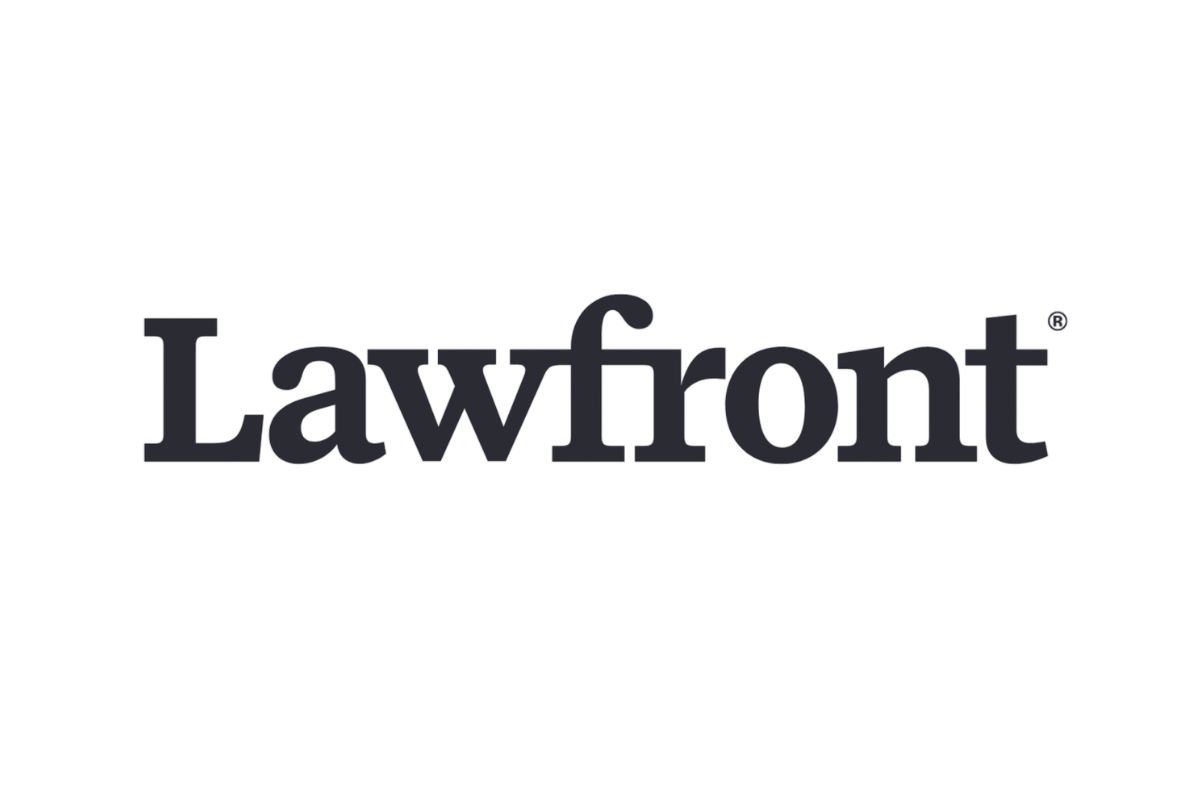Covid-19 has undoubtedly had a huge impact on buyer behaviour. High streets are suffering and major brands as well as small independent retailers are having to change the way in which they reach their customers. As lockdown is easing it’s becoming increasingly clear that the move to online sales is here to stay.
Brands are therefore being forced to, at the very least, increase capacity of their online sales, but in many instances, it’s about embracing entirely new channel strategies. The pace at which this change in behaviour has come about presents a big challenge to brands, but at the same time there are also opportunities to increase market share and leverage more streamlined business practices. In this article by Emma Calder from our consumer markets team, we examine these challenges and opportunities.
Pre covid-19 we were already seeing a decrease in footfall on the high street, but with consumers now reluctant to venture outdoors to shop for products in the usual way the scurry to expand digital sales has intensified. Products with healthy profits, loyal customers and an established brand from appearing only in a carefully curated range of brick and mortar retailers are having to make some quick decisions about how to represent themselves in the online marketplace.
Modern consumers have less brand loyalty than ever before but increasingly high expectations. For those brands that were well known enough to be easily visible or sought out in store, there’s an expectation that they can be found online with the same ease. Consumers like to be able to research products on social media and they might expect to be able to purchase directly from your website. If they can’t, there’s a competitor right there to replace them.
Approaches to selling online
So for brands looking to meet these new consumer needs, the question comes up as to whether they should make their products available on huge online market places such as Amazon or Alibaba, work through an online grocer such as Ocado or Peapod or perhaps develop their own e-commerce platform. There are pros and cons to each approach.
Selling though a platform such as Amazon or Alibaba certainly has its benefits. It’s a potentially quick way to increase sales and revenue thanks to such a large volume of consumers providing lots of exposure. It’s a chance to expand reach internationally. Brands can also hope to acquire new customers – consumers search for products rather than brands and so brands will therefore appear in a wider set of search results.
On the flipside, there’s huge competition so you will be competing directly against other brands with similar offerings. Competition is also enhanced in respect to the choice the consumer is faced with online, a search for a generic product will likely return multiple different brand options. In addition, a search for a particular brand will likely return competitors as well. There is certainly a lack of control with online market places and limited means to showcase what your brand is all about. Finally, depending on what type of account you sign up for there may well be fees associated with your listing.
Going direct to consumer
In light of the drawbacks of selling through online market places, a lot of brands are deciding to go direct to consumer (DTC). Opening up a DTC channel provides a brand owner with direct access to their end consumer and all the insight that it brings, whilst also strengthening your brand by meeting consumer expectations in terms of presence and service.
There’s also complete control – it’s your website so your content and design. You decide how, when and where you present your products. You control the messaging, can react quickly to external world factors and listen for changes in customer sentiment and behaviour. You can communicate your brand’s social and environmental narrative.
With DTC channels, there is dedicated focus – consumers are entirely focused on your brand and products – allowing for a deeper level of communication and a stronger audience relationship, with a deeper understanding of their needs and where they can be spoken to in a relatable way. You can also raise brand profile with brand fans making referrals to shop on your site.
But it’s not without its downsides. There’s obviously less reach. Possibly a lack of credibility as there is a lot of trust in using online marketplaces such as Amazon and they have an excellent reputation when it comes to sorting out customer complaints – with the outcome invariably in the customer’s favour. When faced with any technical glitches, does the consumer have the support on your site that they would on the likes of Amazon? And can a DTC channel compete with the immediacy of large online market places, many offering next day delivery. Finally, is DTC going to be economically efficient for your brand, can you make your own e-commerce platform pay for itself?
Winning out in the new consumer environment
With all this, what’s the best approach to win out in the new consumer environment? We’ve seen brands adopt a range of strategies. Well established brands, with products of lower RSV will most likely embrace the online marketplaces and will accept a certain loss of control because they know it won’t outweigh the benefits of increasing sales.
Conversely, those brands that feel they have built up a valuable proposition that itself impacts the buyer decision, luxury brands with much higher price points being an obvious example, may be far more reticent to use Amazon for example and are choosing to go direct to consumer.
“Brand experience is the determining factor for eCommerce success whether on DTC, Marketplaces or Social Commerce. A strong brand with a strong and differentiated customer experience across touchpoints drives growth. It enables premium pricing which delivers higher margins and consequently higher shareholder value. Without it, it will have to compete on price against the other 20 million eCommerce websites in the world or one of 12 million products on Amazon. It will certainly not leave it with much room for growth”. Comments Pierre Kremer, eCommerce Expert.
There is certainly an opportunity for FMCG brands with typically lower price points to develop a unique portfolio of products which consumers can only get through DTC website. These could be marketed to a higher net worth consumer, offering something personalised, or a limited/seasonal offer or perhaps an extra level of service.
A good example of this is Heineken’s Beerwulf site – which offers unique products such as the Sub keg technology – offering draft beer fans the ultimate at home drinking experience.
The competition is fierce. Established brands that have a strong, relatable and visible product will surely win out. But how do smaller, younger brands get cut through?
The chances are, they have been created with online and digital marketing in mind from the start. They are probably already close to their target audience and have a chance to become part of peoples’ lives and drive stronger engagement through social.
Some great DTC brands in the UK that are continuing to tick all the right boxes for consumers right now: Harry’s and Dollar Shave Club, Brushbox, Tails.com, Glossier.
Brands can bring experiences alive through virtual launches, online product demos, and focus on solving consumer problems.
Whilst traditional brands have packs optimised for traditional channels, the online environment is different, so younger brands with a digital first outlook really have the opportunity to work on a pack design that will make them stand out and perhaps even be the shippable unit.
They are also less tied to traditional business channels so they can react faster and marketing can be more integrated with sales , so that the brand experience and shopper journey create a more seamless consumer journey.
Adapting your marketing team
This new focus for brands to be omni-present raises the issue of whether businesses have the right teams in place to succeed in the new world, and many are finding they have skills gaps in both digital and branding.
Making sure your team has the right skillset to succeed in the digital arena and bringing on board the right people quickly, is going to be more important than ever. You will need to be a dynamic marketing leader who can identify opportunities and act quickly and your marketing team and the functions within it will need to be even more adaptable and able to embrace change.
E-commerce professionals are highly in demand, as are digitally focused branding professionals. Smaller brands have been embracing interim placements in order to quickly get up to speed, which presents an efficient avenue for businesses that might not have the resources to appoint into a permanent position.
With an increase in online sales (on a brand’s own e-commerce platform) comes an increase in the amount of information and data a brand has on its own consumers. Data, analysed the right way, will give a brand deep insight into the needs and behaviour of its audience and this should feed directly into marketing strategy. This is why we’ve seen a spike in digital marketing analysts who are able to reveal the performance and ROI across all online channels, as well as analyse more unstructured data (tweets, Facebook posts, call centre chatter, etc.) and then turn these insights into meaningful actions that will drive business growth.
Conclusion
This shift to online and direct to consumer shouldn’t be a surprise for brands. There’s been a steady march towards this over the last decade, the pandemic has simply accelerated the progression. It’s clear therefore that it’s here to stay, there won’t be a return to the old normal and the consumer world needs to adopt direct to consumer strategies across the board. Many brands of course already embraced this pre-Covid, and they are reaping the rewards now, but there is huge opportunity for all products to develop their brands and succeed online.
Anthony Wells, former VP Global Marketing at Avon Cosmetics, concludes “as we learn to live with Covid there is a critical need for CEOs and CMOs to break down silos and create a culture of agility. Some will survive, some will thrive and others will die. Temporary and permanent shifts in consumer attitudes and behaviour mean more than ever, demand for empathetic leadership, strategic clarity and agility to deliver sustainable and profitable growth in this new normal”.
Who are tml Partners?
tml Partners are a specialist marketing, commercial and corporate affairs headhunter with access to a global network of marketing leaders.
Whether you’re seeking interim or permanent solutions, our team have the expertise to support across various sectors and locations.
To learn how tml Partners can help you, please do get in touch:




